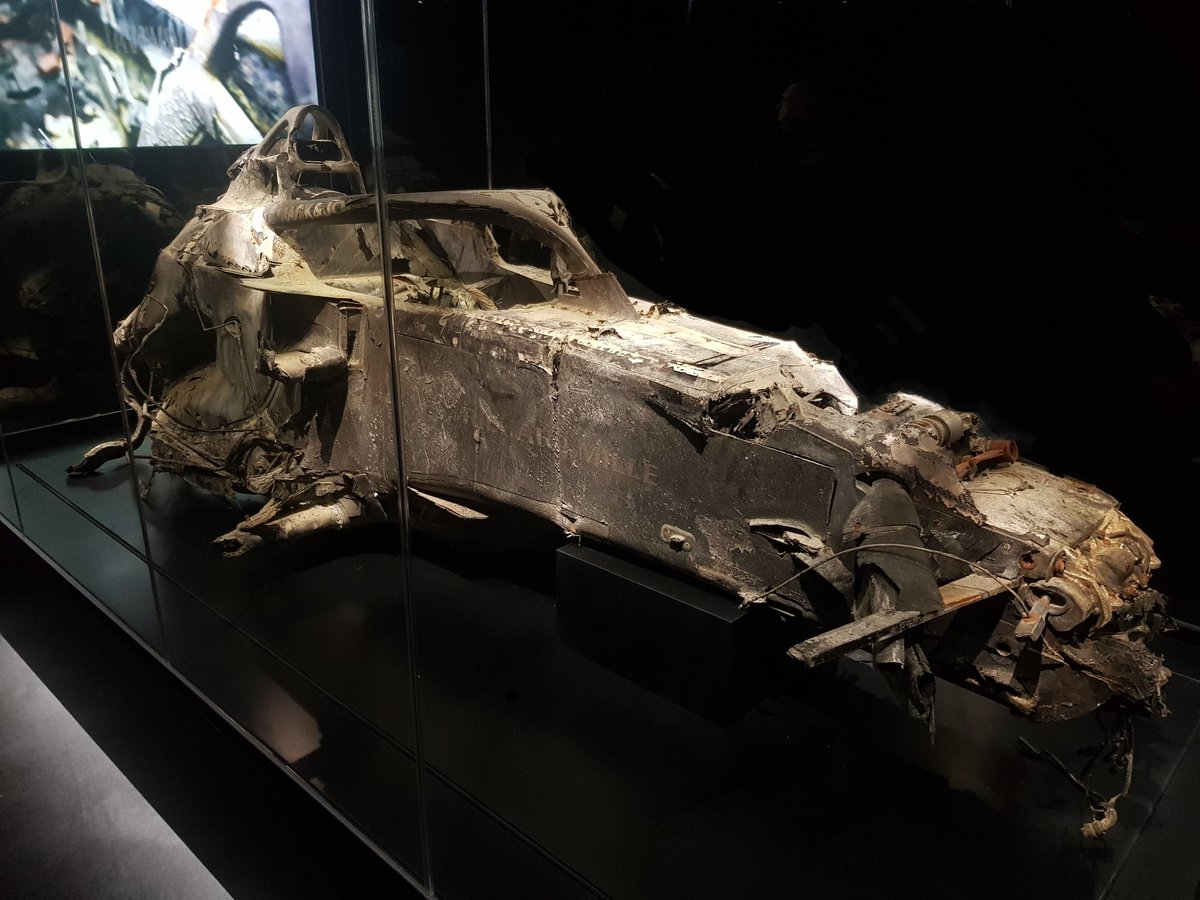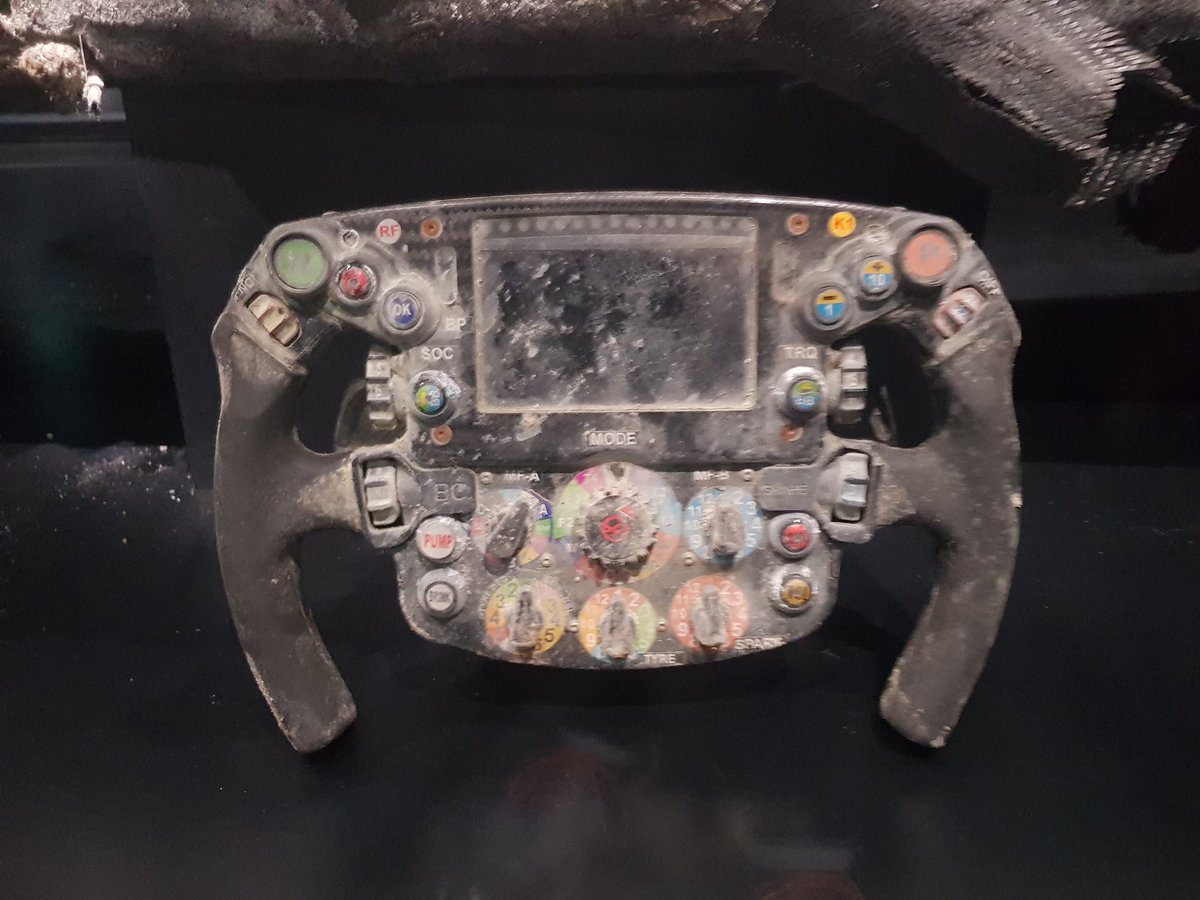More @AlphaTauriF1 #AT03 detail. #F1
Front suspension is pushrod in contrast to RBR. Prob as it retains some 2021 features, such as the trackrod placement behind the axle line

Front suspension is pushrod in contrast to RBR. Prob as it retains some 2021 features, such as the trackrod placement behind the axle line


Floor edge loaded with a single flap over the scrolled edge (all that the regs allows).
Diffuser kickline evident



Diffuser kickline evident




Front wing rising up over the nose tip reduces the angle of attack and therefore load created in the centre span. Provides more flow towards the underfloor 

• • •
Missing some Tweet in this thread? You can try to
force a refresh











































